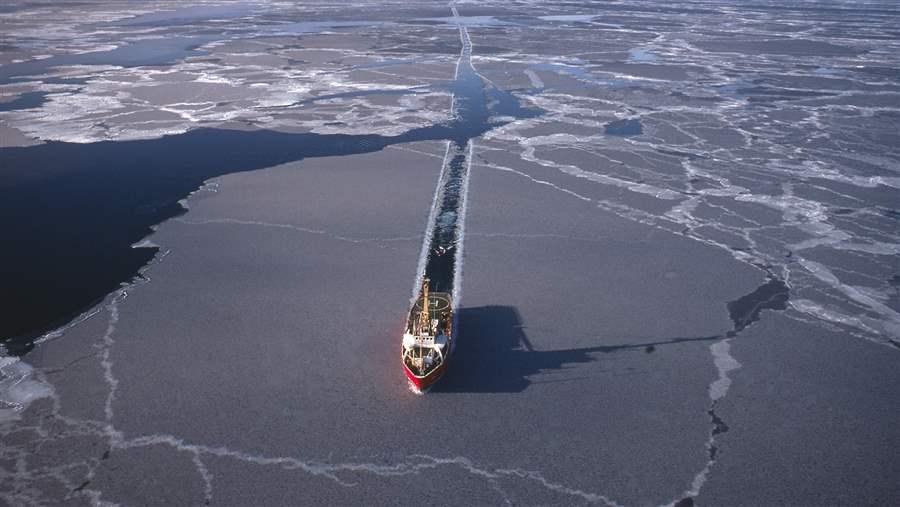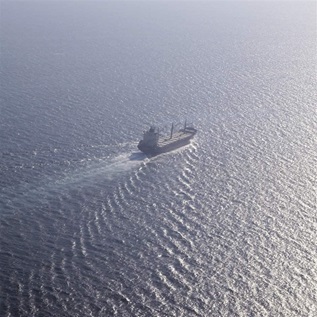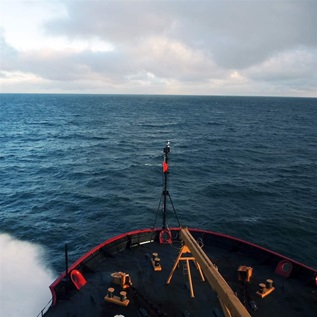Noise from Oil Development
Noise-related Impacts of U.S. Arctic offshore oil and gas development
One of the greatest concerns associated with oil and gas development is the potential impact of noise on marine mammals. The sources of noise include seismic surveying, drilling, construction and the use of ice-breaker ships. These impacts have been documented by many government agencies and research institutions including the National Marine Fisheries Service, the Bureau of Ocean Energy Management, Regulation and Enforcement, the U.S. Navy, the National Oceanic and Atmospheric Administration, the Marine Mammal Commission and the National Research Council.
 © iStockphoto
© iStockphotoIcebreaker
One of the industry’s first steps in oil and gas development is to do an inventory of extractable resources and ideal drilling sites. These are called seismic surveys. BOEMRE maintains a list of seismic survey permits for Alaska. During seismic testing, ships tow air guns that shoot pulses of air into the seabed. Seismic waves then reflect back to sensors on the water’s surface. The sound frequencies of these surveys occur within the range of 20 to 150 Hz – within the auditory range of many marine species. Seismic testing can emit more noise energy into the ocean than Navy sonar. Marine mammals, especially the endangered bowhead whale, are sensitive to seismic testing. The booming noise can result in harassment of the whales or cause injury. Bowhead whales have been known to shift their fall migration routes because of seismic testing noise.
Studies have also found that seismic testing have lethal affects on fish and crab and reduce fish catch rates. The hearing organs of fish are vulnerable to loud sounds such as those produced by survey air guns. Fish use sounds in the same ways that marine mammals do – to find mates, locate prey, avoid predators and to communicate.
ENDNOTES:
67 Federal Register 46, 712, 46, 718, July 16, 2002.
McCauley, R.D., J. Fewtrell, and A.N. Popper. 2003. High intensity anthropogenic sound damages fish ears. Journal of Acoustical Society of America 113638-642.
MMC. 2007. 35th Annual Report of the Marine Mammal Commission.http://mmc.gov/reports/annual/pdf/2007annualreport.pdf 2007.
National Research Council. 2003. Cumulative Environmental Effects of Oil and Gas Activities on Alaska's North Slope. The National Academies Press, Washington, D.C.






